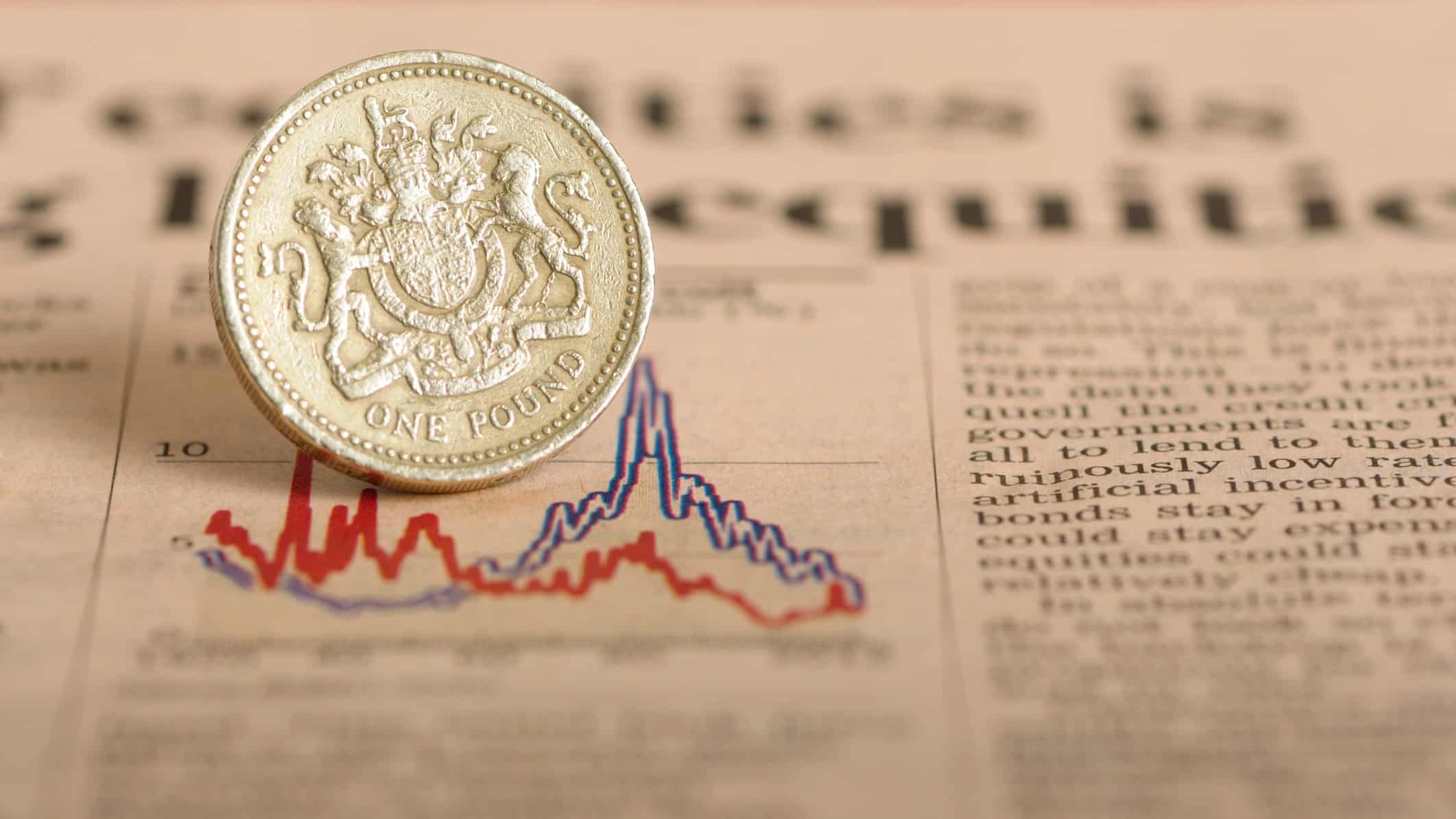It has been a simply stunning few years for Rolls-Royce (LSE: RR). Cast your mind back to 2020, when the FTSE 100 aeronautical engineer was battling a sudden unforeseen plunge in global demand for civil aviation.
At that point, the company rushed to shore up liquidity, scrapping its dividend and diluting existing shareholders by issuing billions of new shares.
Looking back from today, what a bargain those shares now look like!
They were sold for just 32p each, at a time when many investors were nervous about the long-term prospects for the business. Today, Rolls-Royce shares sell for over eleven times that amount.
They have soared 150% in the past year and now sit 20% higher than they did five years ago.
Looking from today’s perspective
With the benefit of hindsight, clearly Rolls-Royce shares were a screaming bargain back in 2020. After their incredible run up in price, they may now be overpriced.
Then again, they might not. It could be, looking back four years from now, that they again seem like a screaming bargain even after their recent strong performance.
How come?
How shares are valued
Different investors value shares in their own ways.
Some focus on the current proven performance of a company. Others look at what they see as the long-term potential of a business, even if that is very different to what it is doing today.
In its results last month, the FTSE 100 business announced basic earnings per share of just under 14p. At the current share price, that suggests a price-to-earnings ratio of 27. That is higher than I would be willing to pay.
But what about the future?
Aggressive business targets
Rolls-Royce has set out some aggressive medium-term targets.
Indeed, that is why it has been the best performer in the FTSE 100 lately: investors are buying into the long-term story.
By 2027, the firm is targeting underlying operating profit of £2.5bn-£2.8bn and free cash flow of £2.8bn-£3.1bn. On that basis, the current share price may be just 11 times 2027 operating profit.
Now, operating profit and profit are not one and the same. Last year, for example, Rolls-Royce’s pre-tax profit was around 19% lower than operating profit.
Not only that, but Rolls might not meet its 2027 target and manage to make that its new baseline. It could encounter unexpected demand declines outside its control, just like it did in 2020.
But what if it does manage to hit its targets?
I think the current price may then look cheap. Plus, if the company has proven it can deliver on aggressive targets, the share price may attract a higher premium. That could help push it up even more.
Potential FTSE bargain
In fact, looking back four years from today, Rolls-Royce could once again turn out to have been the biggest bargain in the FTSE 100 even after the past several years of strong performance.
For now, though, I have no plans to invest.
Why not?
I think a lot of today’s valuation, let alone the future one, rides on the business delivering aggressive targets. Its efforts to do so could be hampered by risks outside its control. Its strong brand and large customer base are assets — but it can scarcely afford another sustained downturn in demand.








